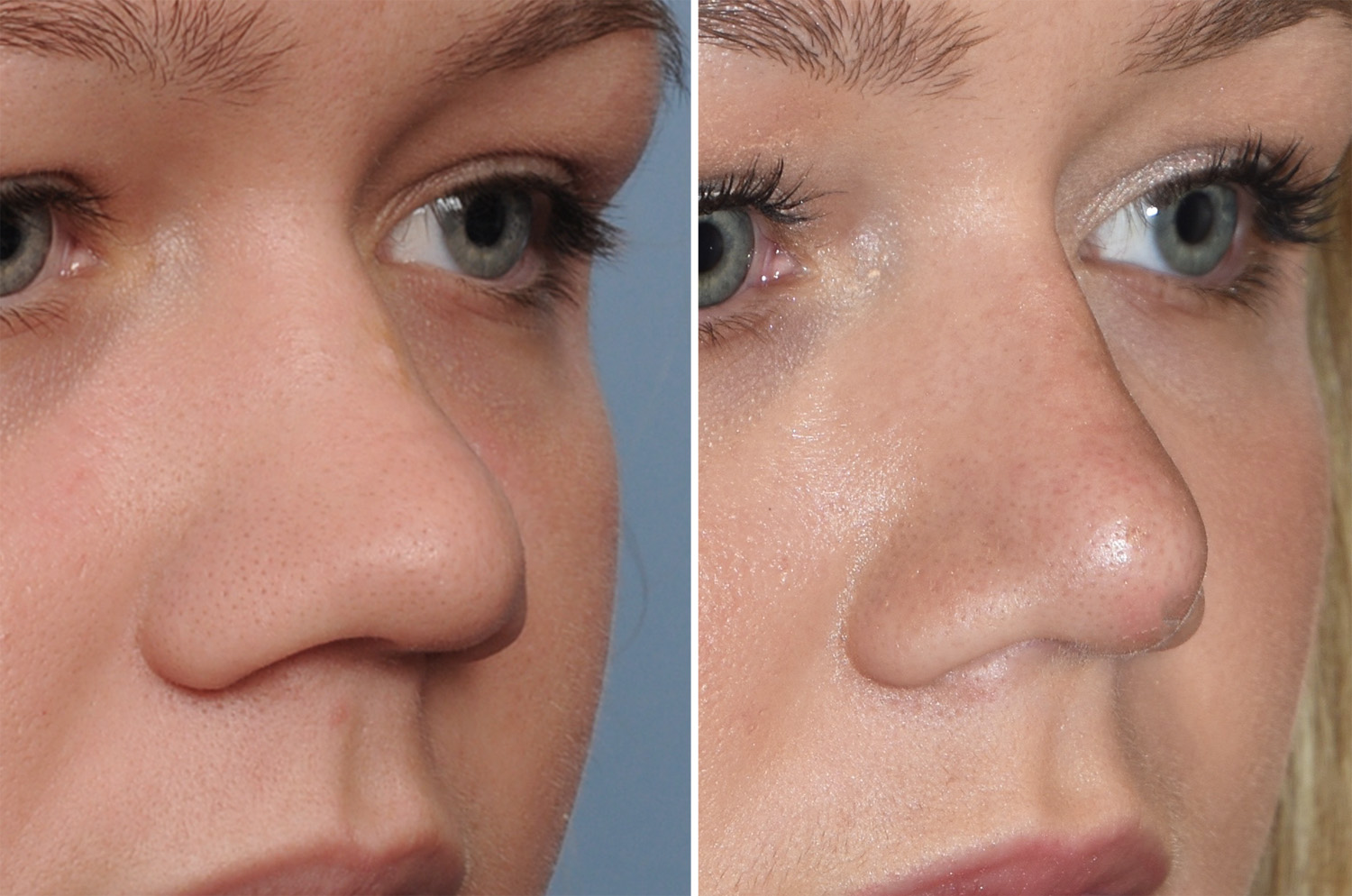Undergoing alarplasty in Riyadh can be an exciting step towards achieving your desired facial aesthetics. While the procedure itself is relatively quick, the recovery process is crucial for ensuring optimal results and minimizing complications. Understanding what to expect and diligently following post-operative care instructions from day one to full healing will significantly contribute to a smooth and successful recovery.
Immediately After Surgery (Day 1 - Day 3): The Initial Phase
The first few days post-alarplasty are critical for managing discomfort and initiating the healing process.
- Rest is Paramount: Upon returning home from the clinic, prioritize rest. Avoid any strenuous activities, bending over, or lifting heavy objects, as these can increase swelling and bleeding. Keep your head elevated, even while sleeping, by using extra pillows. This helps to reduce swelling and fluid accumulation in the surgical area.

- Manage Swelling and Bruising: Swelling and some bruising around the nose and upper lip are normal. Applying cold compresses (ice packs wrapped in a thin cloth) to the cheeks and around the nose for 15-20 minutes at a time, several times a day, can significantly help reduce swelling and discomfort. Be careful not to apply ice directly to the surgical site.
- Pain Management: Your surgeon will likely prescribe pain medication. Take it as directed, even if you feel only mild discomfort, to stay ahead of any potential pain. Over-the-counter pain relievers like paracetamol (Tylenol) may also be recommended. Avoid NSAIDs (like ibuprofen or aspirin) unless specifically approved by your surgeon, as they can increase bleeding risk.
- Keep Incision Sites Clean and Dry: Your surgeon will provide specific instructions on how to care for your incision sites. Typically, you'll need to keep them clean and dry. Avoid getting the area wet during showers for the first few days. Gentle cleansing with a saline solution or mild soap as instructed might be advised. Do not pick at any scabs or stitches.
- Diet and Hydration: Stick to soft, easy-to-chew foods to minimize facial movement. Staying well-hydrated is also crucial for healing. Avoid hot or spicy foods that might increase swelling.
- Avoid Blowing Your Nose: Refrain from blowing your nose forcefully for at least the first week, and ideally longer. If you sneeze, try to do so with your mouth open to reduce pressure on the nasal passages.
- Follow-up Appointment: Your first follow-up appointment will usually be within a few days to a week after surgery. This is when your surgeon will assess your healing progress and may remove any external stitches if present.
The First Week to Two Weeks: Gradual Improvement
As the initial swelling and bruising start to subside, you'll begin to notice more significant improvements.
- Continued Swelling Reduction: While major swelling will decrease, some subtle swelling can persist for several weeks or even months. Continue to keep your head elevated and avoid activities that might increase blood flow to the head.
- Stitch Removal (if applicable): If non-dissolvable stitches were used, they will typically be removed by your surgeon during a follow-up appointment, usually within 5-7 days. This is generally a quick and relatively painless process.
- Resuming Light Activities: You can gradually resume very light, non-strenuous activities like short walks. However, avoid any exercises that significantly elevate your heart rate or involve heavy lifting.
- Sun Protection: Protect your healing incisions from direct sunlight. Use a high-SPF sunscreen once cleared by your surgeon, or wear a wide-brimmed hat when outdoors. Sun exposure can darken scars and impede healing.
- Sleeping Position: Continue to sleep on your back with your head elevated to minimize swelling and prevent accidental pressure on your nose.
- Avoid Glasses: If you wear glasses, discuss with your surgeon how to manage them, as they might put pressure on your healing nose. Temporary alternatives like contact lenses might be recommended.
Weeks 2-6 and Beyond: Long-Term Healing and Final Results
This phase involves the continued refinement of your results and the complete healing of internal tissues.
- Return to Normal Activities: Most patients can return to their normal work and social activities after two weeks, provided their work is not physically demanding. Strenuous exercise, contact sports, and activities that could risk impact to the nose should still be avoided for at least 4-6 weeks, or as advised by your surgeon.
- Scar Management: Your surgeon may recommend topical creams or gels to help with scar maturation and minimize their appearance. Be diligent with these recommendations. Scars typically flatten and fade over several months to a year, eventually becoming barely noticeable in the natural creases.
- Patience is Key: Full healing and the final results of alarplasty can take several months, as subtle swelling can persist and the tissues continue to settle. Be patient and understand that the immediate post-operative appearance is not the final outcome.
- Follow-up Appointments: Continue to attend all scheduled follow-up appointments with your surgeon. These visits are essential for monitoring your progress, addressing any concerns, and ensuring proper healing.
- Listen to Your Body: If you experience unusual pain, excessive swelling, redness, discharge, or fever, contact your surgeon immediately. These could be signs of complications.
By diligently following these recovery tips and maintaining open communication with your plastic surgeon in Riyadh, you can significantly enhance your healing experience and achieve the beautiful, refined results you desire from your alarplasty.




Comments